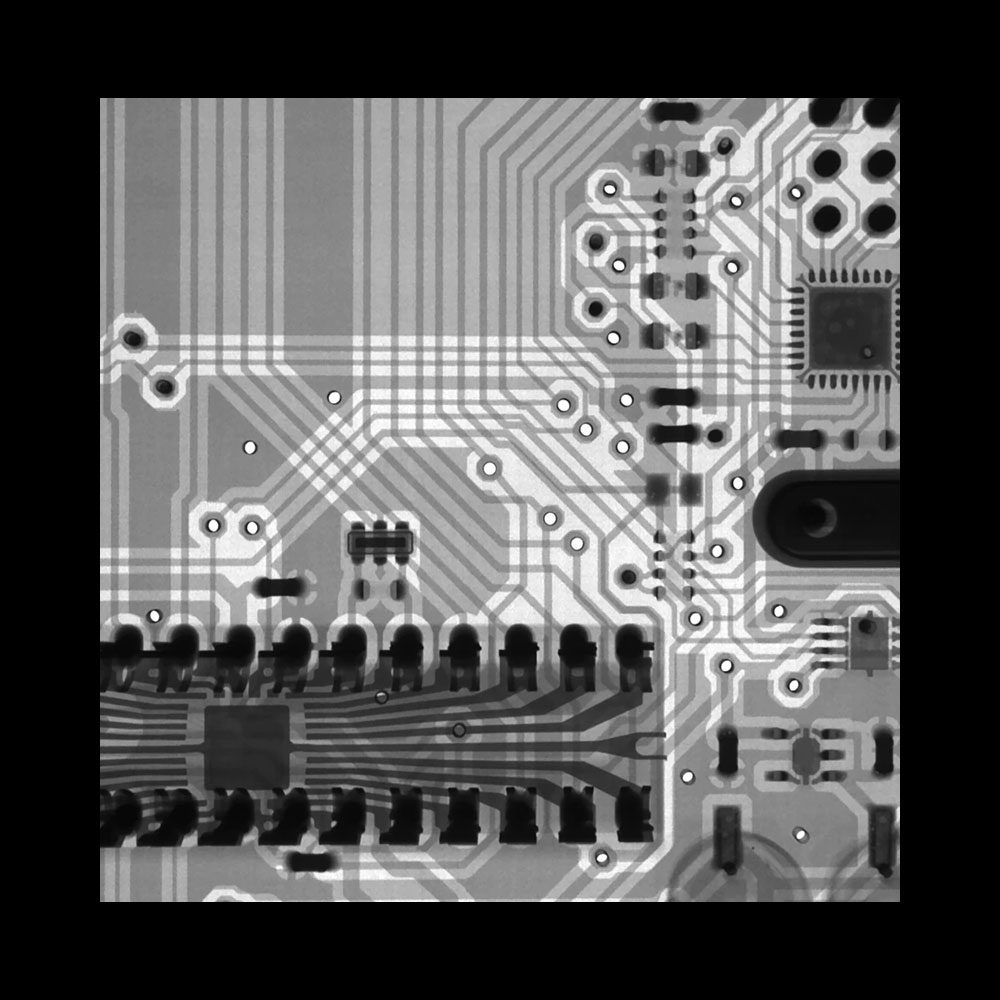
The Fourth Industrial Revolution and Architecture
Architecture is a complex field that involves a web of intertwined other disciplines from the heavily physical-like construction to the highly intellectual like theory and design for higher human needs and aspirations. As the world is currently undergoing a massive and fast change in the technologies of information, manufacturing, healthcare, and almost every discipline, this is resulting in major shifts in mental modes and behavioral patterns of people and cultures. And as architecture has always been both a shaper and an expression of the human condition of its time, at a time of great change like the one we are living in, this calls for some fundamental reflection on the role of the architect and architecture.
According to the Systems Innovation platform, the modern world has gone through three main industrial revolutions since the 18th century.
The First Industrial Revolution
The first is characterized by large-scale iron and steel production, the steam engine, and the widespread use of the telegraph and distribution of railroads. This resulted in increased accessibility of people to resources and information previously difficult to attain. It also resulted in the development of organizational management systems for large-scale operations based on standardization, mass labor, and bureaucratic systems of organization.
The Second Industrial Revolution
The second industrial revolution was brought about with the distribution of electricity and in return, the expansion of mass production and the automation of many labor-intensive processes. This brought about an elevated standard of living coupled with the rise of consumerism, in addition to a shift in the increase of education, service professions, and the professional middle class.
The Third Industrial Revolution
The third industrial revolution refers to the information revolution from analog electronic and mechanical devices to digital computers and the rise of the internet. With the dominance of information over machinery and the development of smart devices and systems that are computer-controlled, the cultural and intellectual paradigms shifted leading to globalized knowledge, information, resources, and economies.
While architecture is burdened with the heavy and slow-developing construction industry, it has developed alongside these revolutions to accommodate the changing needs of people and societies at each stage.
How Architecture was Effected by the Industrial Revolutions
While the first industrial revolution allowed it to move from the vernacular to the more global through exposure and the accessibility to materials from outside the local sphere, the second industrial revolution opened the way for modernism with its manufactured parts and mass-produced building components, allowing architecture to free itself from manual labor and join the modern world in its standardization.
The third industrial revolution with its computers and engineering software resulted in digital programs and processes that not only allowed architects to produce more accurate and efficient drawings and buildings but also freed the architectural form from the traditional shape and allowed for the free-form building to appear. It resulted in a revolution of the architectural identity and the appearance of unprecedented sculptural building forms.
Today,
the fourth industrial revolution is characterized by a fusion of the physical and the digital, by the development of smart systems and artificial intelligence, and the dominance of big data. With the rise of new disciplines such as robotics, networking, nanotechnology, quantum computing, and blockchain technology, what the world will look like in ten or twenty years will have little in common with what it looks like today. And in order for architecture to keep up with this change, the role of the architect must be significantly questioned.
Barthes removal of the author from the interpretation of text broke the rigid connection between the maker and the made. Where the understanding and experience of the made whether as a piece of writing, a painting, or even a belief was conditioned by the intentions of the maker (artists, writer, philosopher), the removal of the maker from the center of the experience is meant to free the receiver to build their own understandings and internalize those works of intellectual production as their own. This allows the receiver to rise from a mere consumer to a participant in the human intellectual activity and therefore makes the production of knowledge a common activity.
When the Renaissance man was a scientist, thinker, artist, musician, inventor among many things, the architect was the master builder, the designer, and the constructor. And while the enlightenment and modernism brought about geniuses like the Einsteins of the world, architecture witnessed the rise of the architectural genius Like Gaudi or Le Corbusier. And while the rise of technology and digital systems gave way to technological empires headed by stars like Bill Gates and Steve Jobs, architecture’s digital technology led to the birth of the “starchitect” like Zaha Hadid and Frank Gehry.
What the Fourth Industrial Revolution could hold for Architecture
The fourth industrial revolution promises a break from this historical tradition. It puts forth the marginalization of the individual “genius” and instead offers a new kind of collective genius. One that is characterized by the autonomy of the individual within self-organizing systems.
While the individual has never been more empowered in history with access to all sorts of resources and expression channels, humans have never been more connected to each other, the new web of technologies, networks, and complex autonomous systems magnifies the influence of the individual over the network yet democratizes the behavior of these systems according to mass patterns and self-directed paradigms. This calls for collaborative efforts, adaptive behaviors, and continuous change and learning.
In that sense, it is possibly the time for the re-birth of the architect, where the role has to fundamentally change from that of the maker to the collaborator in a network that includes the users, the environment, the client, the larger population, and the prevalence of technology.
The Role of The Architect
The architect in this sense is a facilitator of self-organizing systems of needs, resources, and technologies that results in spaces that transcend the artistic and individual egoist expression to a collective experience that brings people together through dialogue and partnerships to generate meaningful built spaces for the future.
The architect is no longer an individual, the architect is a collective that employs empathy to connect to its network, capitalizes on cognitive diversity to generate solutions, and employs systems thinking and collective entropy to innovate and develop a revolutionary architecture, thus transforming from a “shining star” to the all inspiring constellation.






